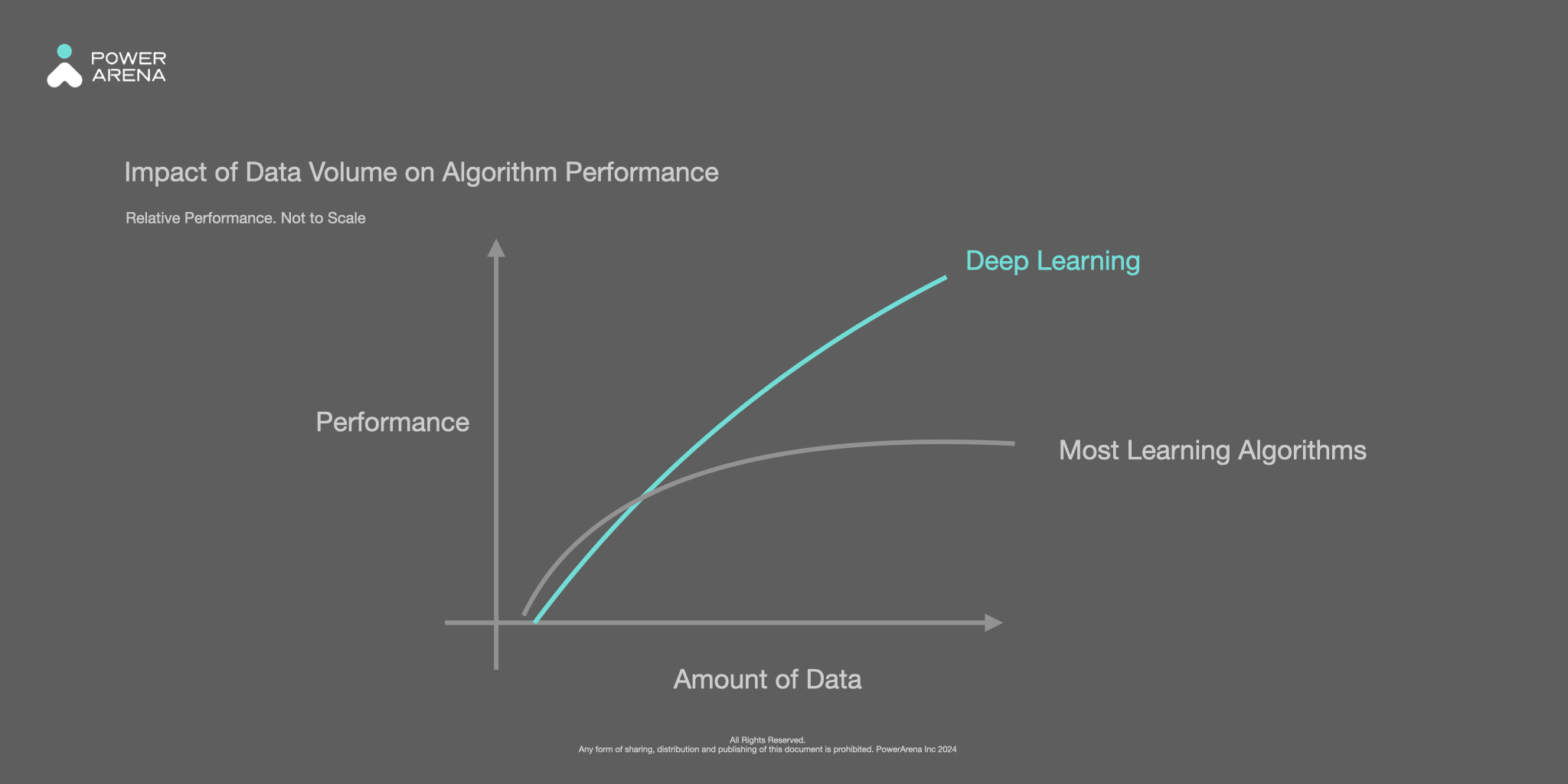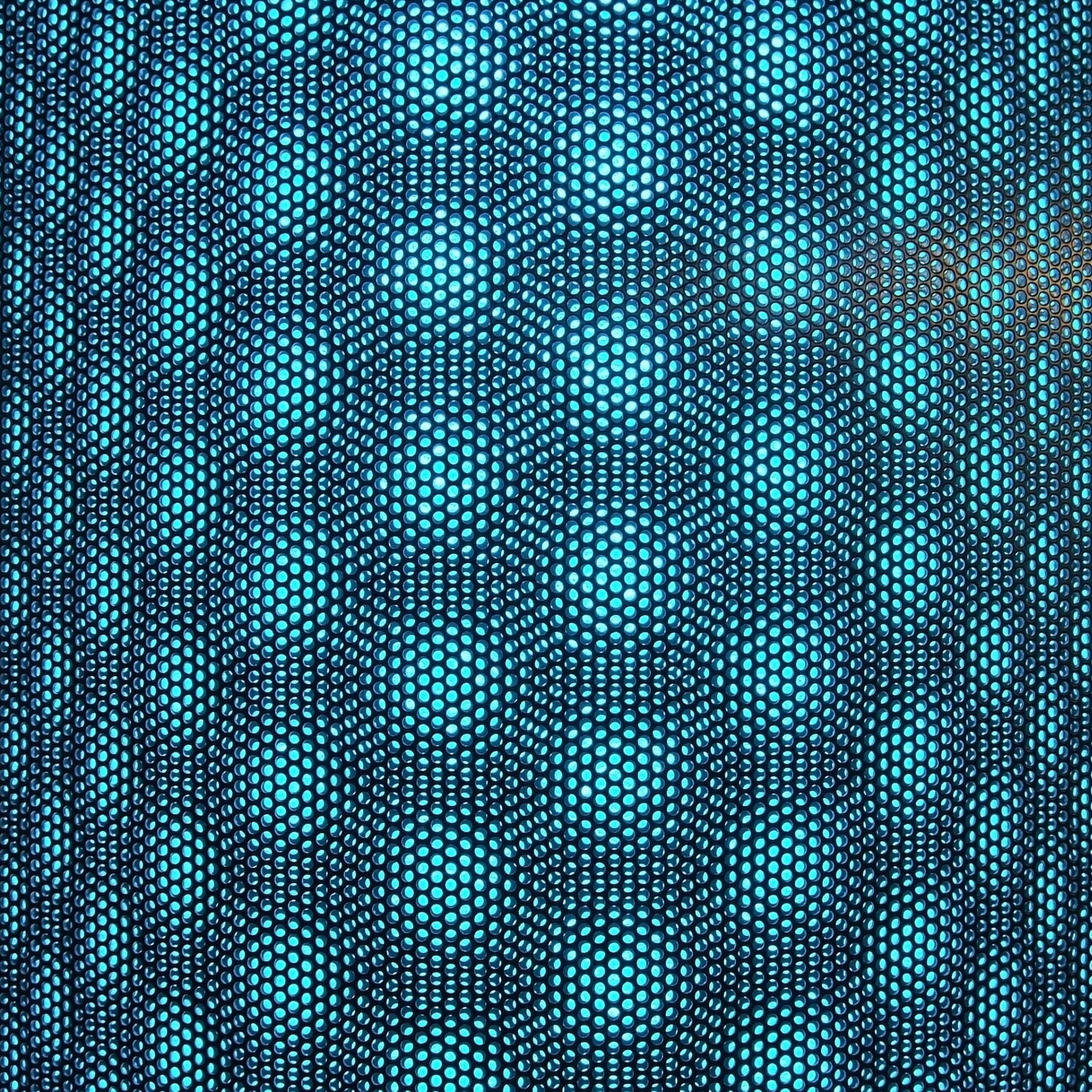By Sursha Wu
In the era of smart manufacturing, many companies aim to enhance their competitiveness through AI technology.
We believe that AI solutions are worth adopting only if they can improve operations and increase market performance.
The global AI vision market will grow from $34.1 billion in 2024 to $93.73 billion by 2028, with a CAGR of approximately 28.8%.
Market reports highlight a key point: companies have strong confidence in AI vision, and ongoing investments are driving its market growth.
The growth of AI vision comes from its success in real applications.
This article covers the fundamentals and technology of AI vision, its common uses, the advantages it brings to manufacturing operations, and why it’s essential for the growth of smart factories.
What is AI Vision?
AI vision enables computers to mimic human abilities to see, analyze, and interpret visual data. Therefore, we need to provide large amounts of image data to train AI models.
To train AI, we use labeled images.
For instance, tagging one image as “cat” and another as “dog.” With enough labeled examples, the AI’s accuracy gradually improves. With enough training, AI can accurately identify new images as either a cat or a dog, just like a human.

Labeling example
Applications of AI vision
On a production line, AI vision helps ensure a screwdriver is placed in the correct position. By training the AI model with many images of proper screwdriver placements, it learns what a correct setup looks like. After enough training, AI vision can quickly detect if the screwdriver is out of place and identify the errors.
Factory management used to rely on manual checks and video replays to find errors. Staff watched the production process to ensure no mistakes were made. Yet, mistakes could still be missed. When something went wrong, managers had to watch very second of the video to spot the issues and analyze them from experience. This process was time-consuming and relied heavily on individual judgment, making it easy to miss potential problems.
Now, with cameras installed on production lines, AI vision can “see” the process in real time. A well-trained AI model, like a manager, has enough process knowledge to check if workers are using the correct parts, placing them accurately, and following SOPs. When errors occur, it can quickly interpret the root cause based on the “what it see”.
AI vision saves time and effort for managers by efficiently extracting essential production insights from images.
Download the Case study: Global Renowned ODM Adopt Digital Line Management Solution
Core of AI Vision Technology: Deep Learning
Most learning algorithms improve with more data, but they often hit a limit where additional data no longer boosts accuracy.
Deep learning overcomes this barrier.

Impact of Data Volume on Algorithm Performance. Reference
Inspired by human brain, deep learning uses neural networks with multiple “layers” to process complex data. Each layer extracts features from the previous layer, passing them along to the next.
This “layered approach” allows deep learning to handle complex and large-scale data more effectively.

Neural Network (Deep Learning). Reference
AI Vision Application in Manufacturing
AI vision has broad applications in manufacturing. Here are a few key areas:
Safety Monitoring
AI vision checks if workers are wearing required protective gear, like helmets or gloves. It alerts if the worker violate the safety guidelines. Also, It sets up virtual boundaries to protect workers from hazards, such as robotic arm movements, in human-machine collaboration environment.
Defect Detection
Traditional AOI often struggles with a high false rejection rate. With AI vision, models become more flexible in image recognition. It learns product features and gaining a deeper understanding of images. This helps prevent false positives caused by lighting, angles, or other non-essential factors.
Human behavior management
Human behavior on production lines is harder to track compared to machines. For instance, some workers may leave their stations early before breaking time, causing the producing process slowdown. With AI vision, complex human activities can be effectively tracked and analyzed.
Core Advantages of AI Vision in Applications: Irreplaceability
24/7 Production Process Tracking
Traditionally, production tracking relied on operators observing the line to find causes of low quality or inefficiency. Often, quality control would detect defective products first, then trace the issue back to the process. This approach is inefficient and can also miss critical production issues.
AI vision provides a 24/7 tracking and root cause analysis. It offers real-time insights for both in-process management and quality control.
In one case, a factory producing high-value servers faced frequent issues with scratches or dents on products. Managers couldn’t determine the cause of these defects.
AI vision’s image tracking revealed that workers were accidentally dropping screwdrivers, leading to scratches on the products. Only “images” can capture and resolve such human errors. Current systems lack the ability to track this crucial information.
Download and Read the Case: Renowned ODM track the production with AI vision
Analysis of Collaborative Movements
Most factories today use IoT systems to support quality control. However, these systems can’t capture all data, especially at critical stations where only video can fully track human behavior.
In one case on an electric scooter production line, two operators shared a workstation to finish the tasks together. Even with MES, the system could only track individual steps, not the entire collaborative process. When the abnormality was detected, production engineers struggled to identify the root causes.
AI vision became the only viable solution.
It records and analyzes the collaborative work of both operators at the workstation, tracking if they follow SOPs accurately. When errors occur, managers can easily see the root causes analysis showed on the dashboard—whether it’s due to tools, materials, or process flow. This solution cannot be found in any other management tools or systems.
AI vision is also effective at tracking workflows that involve human-machine collaboration, helping to ensure smooth operations.
Table of Contents





